
M.L. BLACKBIRD

13 NOVEMBER 2017
THE BEST TOOLS FOR WRITERS
In this article, I describe some of the tools that I found more useful in improving the quality of my craft during my activity as a fictional author.

This time around, I want to talk about the best tools for writers. I guess it was about time that I gave you some details on what I use for writing and in general to manage my writing life.
I have to say. There is no game changer and nothing in this list can replace some good old-time sitting on the chair. Said so, efficient tools will save time and effort, and in general, make our lives way easier.
Writing: Scrivener
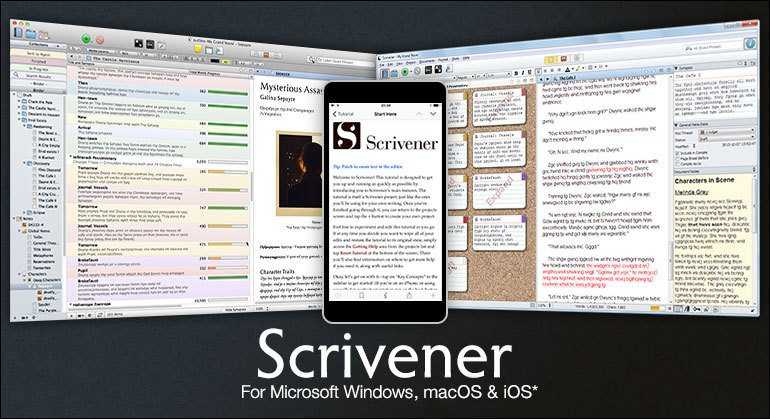
Scrivener is hands down the best writing software I have ever used. For many years I have been a Microsoft Word’s user. Don’t get me wrong, it does its job really well but it is not focused on writers and, because of this, it cannot give you the same features as Scrivener.
One of the main downsides that I found while working with Word was the fact that it couldn’t centralize all of my documents. When writing a book, I produce a lot of additional documents (outlines, character profiles, etc…); in addition to this, I also have a lot of links and documents coming from my research. What I had to do at the time was to organize my documents in a set of directories and somehow find a way to reconcile what I had stored on my PC and the links I saved on my browser’s bookmarks. It was a mess.
In Scrivener, I can store everything in one place without having to switch tab all the time or having to deal with my inability to tidy up my stuff. A practical outline allows me to reach everything I need from within the program without too much hassle.
When I moved to Scrivener I also gained a bunch of incredibly useful features:
- Export in multiple formats: epub, mobi and platforms like Kobo, ibooks
- A distraction-free mode to concentrate only on what I am writing
- Templates
- Chapter outlining
On the negative side. Scriverer helps when writing a single book but it is not as nearly as effective when working on a series – documents will have to be copied across different projects causing some duplication.
It also has quite a steep learning curve, but once you learned it, you’ll have back all of your time back with interests.
Scrivener is compatible with both Windows and MacOS.
Organization: xMind
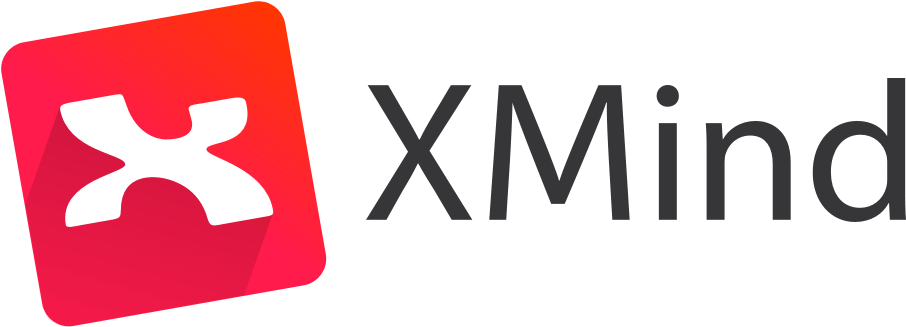
Mind Maps are useful diagrams that help to understand the connections between different objects. This is quite useful as a fast description mechanism.
Mind-mapping has been one of the most useful techniques I applied to my writing. I find it especially useful when building my characters but it is great every time I want to describe something in a way my brain can quickly process.
I used much software for mind mapping but finally landed on XMind. The main reason is that it already has everything I need and it does its job in a simple way. A bonus is that the free version of XMind already has all the main features.
It also integrates very well with Scrivener – if you link an XMind project from within Scrivener this will be able to display the content of the mind map without you having to switch between the two.
Inspiration: Pinterest

Everybody knows Pinterest these days, right? Right?
If you don’t, and you do any creative work, this platform will be good for you. Aside from being a marketing tool, Pinterest is also a good instrument to find and store information, especially for images or video.
I use it as a platform to search for inspiration and to pin all the stuff I want to come back to.
Much of the stuff I looked for “Seven Kinds of Darkness” is there on a dedicated board. Even ignoring the marketing implications of this, I find it invaluable.
Productivity: Habitica
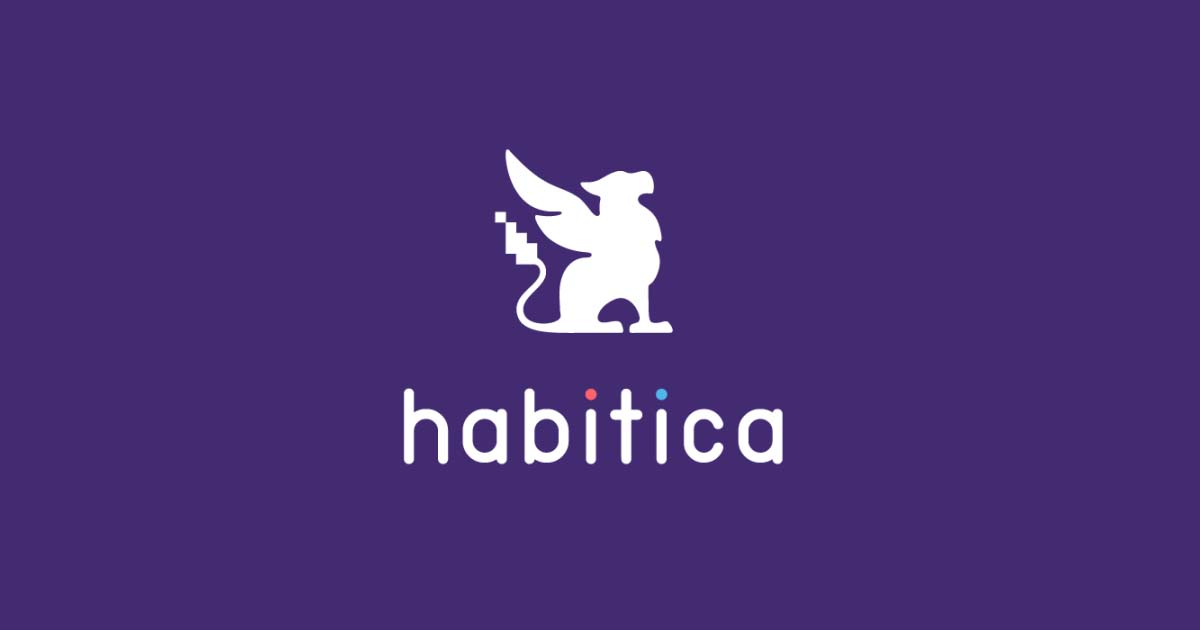
Habitica changed my life. I am a nerd and I know it but bear with me.
Habitica allows you to gamify your life. It allows you to create an avatar offering a set of health points and mana – just like in an RPG. All you have to do is to set habits and to-do. For everything you do, you’ll earn experience points that will increase your level.
Now I know this might sound ridiculous for some people but I am a weirdly driven person and I bet there are many like me out there. Having a levelling system gives me the idea of progression I need in order to cling to my habits. This pushes me to improve all the time.
I also find the tool extremely simple to use and it is one of the few that allows managing both habits, to-do and recurrent tasks all in one place. I highly recommend it.
Self-editing: ProWritingAid
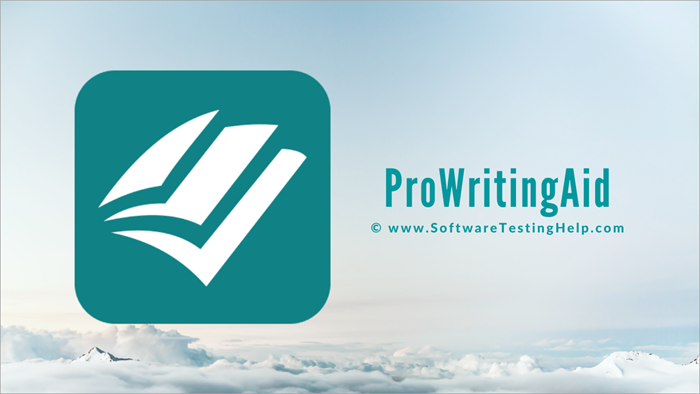
ProWritingAid is a software that analyzes your text and gives you suggestions about what could be wrong with it. The software tells if you are introducing too many repetitions, if there is something imperfect about your writing style or if you have an overly wordy prose (just like me).
I love it because all the features I need are already included in the free edition. I mostly use it to have an idea of what to edit in my writing during the first loop of correction once my first draft is ready.
Copyediting: Hemingway
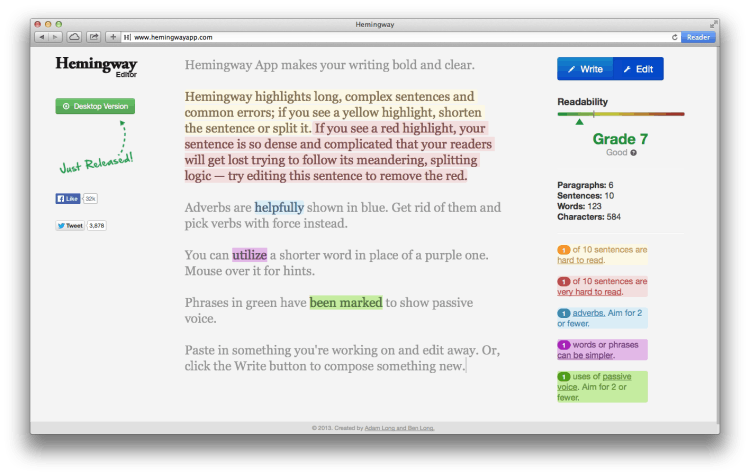
Hemingway was famous for how fluid his writing was. He could express powerful ideas without the need for complex prose. The Hemingway app has the goal to make your writing similar to that of the famous author.
The app gives you suggestions to improve your prose by reducing the complexity of sentences and removing passive voice. It is especially nice because it doesn’t just blindly say that something is wrong but allows for a certain level of complexity without forcing the rules on you.
Proofreading: Grammarly

Grammarly is yet again another tool to improve your what you write. It is probably the simpler tool in this list of editing systems. It works very well in identifying morphological errors and its error checking system is better than that of Word or Scrivener. The free version helps a lot already. If you are not a native English speaker, the paid version can be a good investment.
I use it as a final proofread for what I write and it often uncovers stuff I missed.